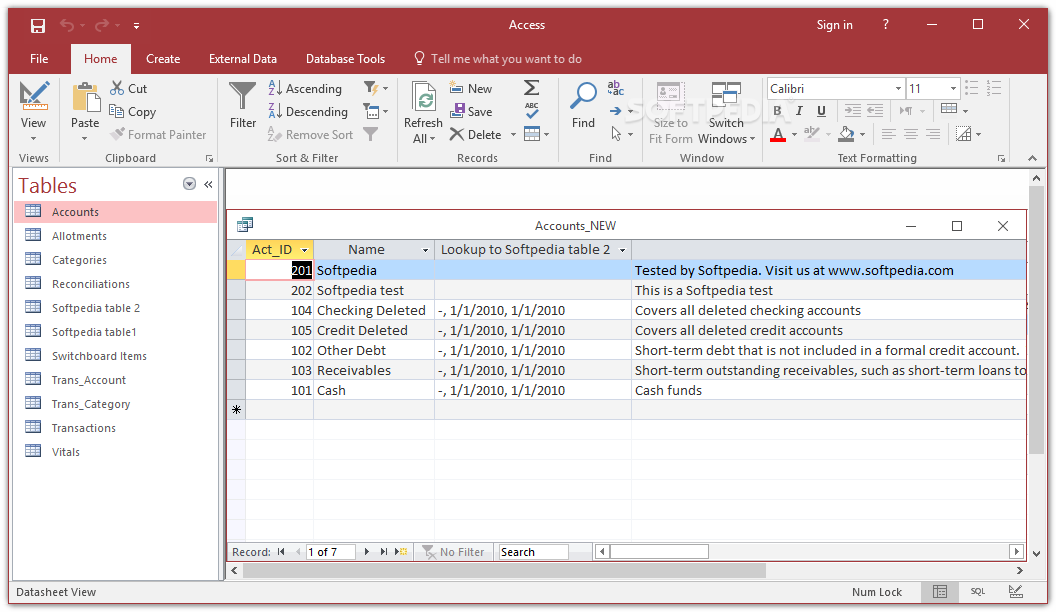INTRODUCTION
While data is considered as raw facts, information is interpreted as prepared outcome, or we can say information is prepared after processing of data in desired direction. data can be agreed as a source of information also. A database is a place where data is put in a collective way. It helps us to manage and access large amount of information in a quick and efficient way. Database can be used after its maintenance. Adding, updating, sorting, editing, deleting data are the essential functions of a database.
A computerized record keeping system is a collection of programs that enables you to store, modify, and extract information from a database known as DMBS (database management system).
TYPES OF DBMS
There are 3 types of DBMS.
Hierarhical Database : A DBMS is said to hierarhical DBMS, when the data is organized like a tree structure. that means, it simply represents the data using parent-child relationship.
Network DBMS : A DBMS is said to be network DBMS, when it organizes the data in a network structure. As you all are aware that a network may have as many connections as it can.
Relational DBMS : A Database management system is said to be relational if it is based on relational model. this was introduced by E.F. codd 1969.
STRUCTURE OF RELATIONAL DATABASE
A relational database contains a specific structure to store data. let us learn about some basic terms related to relational database which will enhance our knowledge about functioning RDBMS.
- TABLES
Tables are the building blocks of a relational database. they store the complete data in a structured manner, i.e., in the form of rows and columns. Every table has a finite number of columns and rows.
ELEMENT OF A TABLE
FIELDS : All the columns in a table are called fields. A field describes a particular attribute all the records in a table.
RECORDS : The rows in a table are called records. A records contains the values for all the fields that belong to a single person or entity.
DATA : A set of characters that represents a valid value is known as data.
- QUERIES
- FORMS
- REPORTS
- A large information is broken into smaller parts so that it can be easy to access the information.
- Access provides the sharing of data. various users can access the information according to their needs from the same database.
- Access provides a great security towards data and maintains integrity. so that the data can be consistent and reliable.
- User can get the required information from a database using queries.
- You can get your outcome in form of lucrative reports. these reports present the data in a meaningful and summarised manner.

- Click start button showing on your desktop.
- Go to All Programs.
- Click on MS OFFICE button.
- Click on MS ACCESS 2010.
- Click on file tab of backstage view.
- Select New option.
- Click on Blank Database.
- You can close the current database by clicking on the Close Database option of the file tab.
- Click on File > Exit option to close MS Access.
- Raw facts can be said as data while prepared outcome is referred as information.
- Database is the collection of data. It can be manipulated through computer by database management system (DBMS).
- DBMS is of three types; as HDBMS, NDBMS, and RDBMS. RDBMS works on relational model and is the most popular type of DBMS.
- MS Access is a popular RDBMS application software and component of MS Office.
- Database can be created in MS Access from scratch, i.e., as a new way or it can be created with the help of preinstalled templates.
- These templates are also referred as sample templates. These have fields relevant to their domain.
